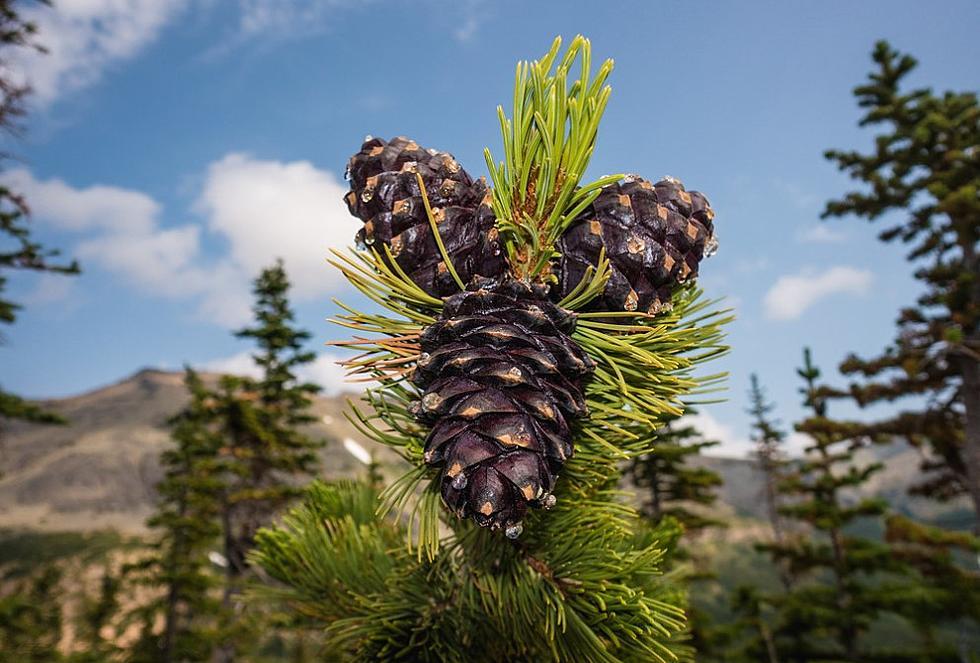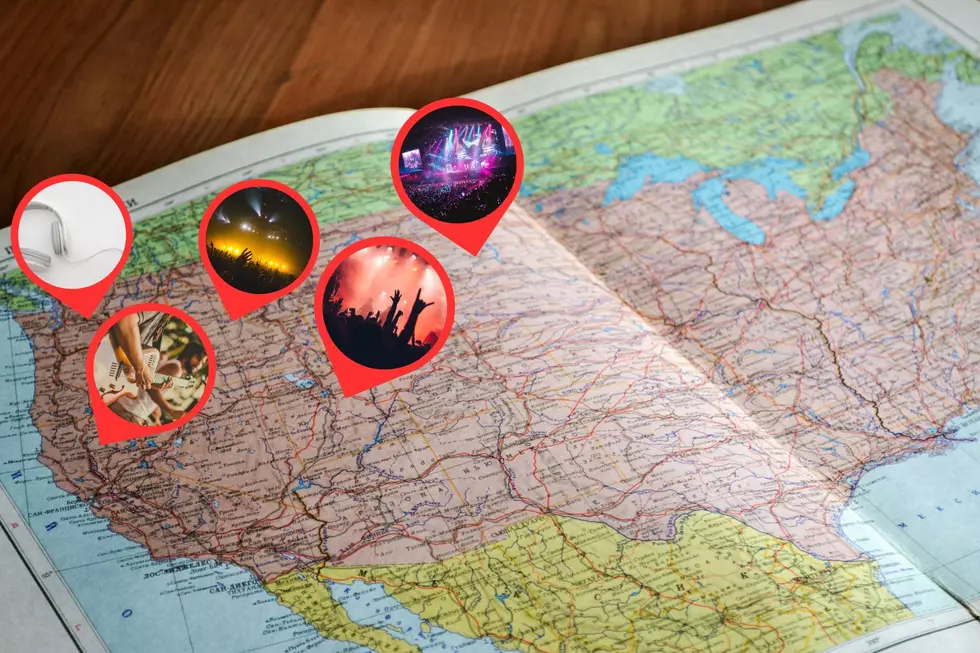
Federal funding bolsters whitebark pine restoration efforts
Laura Lundquist
(Missoula Current) To save a threatened pine species, researchers are hoping they can mimic the seed-spreading success of birds.
Last week, the National Park Service signed a five-year agreement with the nonprofit American Forests to help restore whitebark pine throughout the western U.S. But they’re giving particular emphasis to work in three national parks in the northern Rocky Mountains: Glacier, Yellowstone and Grand Teton.
For eons, whitebark pine stands have survived in harsh alpine environments where the elements kept most herbivores at bay. But in summer, when the days were warm, birds - specifically Clark’s nutcrackers - ventured to the high country to scrounge protein-rich whitebark pine seeds, not just for an immediate snack but also to squirrel away in seed caches for the future.
This was not only good for the birds, but also for the trees, because here and there, a few seeds or even caches would be forgotten, leading to the sprouting of new seedlings. Thus, whitebark pine could spread into new territory.
But in recent decades, bugs and fungus enabled by climate change have reduced many green groves to needle-less gray ghosts. Longer summers nurtured a mountain pine beetle outbreak in the mid-2000s that decimated whitebark pine in the greater Yellowstone ecosystem. Beetles didn’t make it as far north as Glacier Park, but a non-native fungus, white pine blister rust, had invaded from the West Coast and was slowly infecting the whitebark pine of Glacier Park.
Dawn LaFleur, Glacier National Park vegetation program manager, said an estimated 44% of the whitebark pine in Glacier Park had died from blister rust by 1996. Almost 80% of the remaining trees showed signs of blister-rust infection.
“That was the big concern. They were worried that if it kept going, we might lose all of the whitebark pine,” LaFleur said. “What we’ve learned since then is that we have these resistant trees.”
Researchers noticed that some trees didn’t die after getting infected with blister rust. They started collecting seeds from these “plus” trees in 1998 and using them to grow seedlings, which were also resistant to blister rust so there was a genetic component.
Since 2000, Glacier National Park has planted about 26,000 blister-rust resistant seedlings, hoping to restore the whitebark population. They focused their planting efforts in the higher burned areas of recent wildfires, because the little seedlings wouldn’t have to compete with other trees for resources. But there was a learning curve. You can’t just plunk a seedling in the ground and have it survive.
“When we started in 2000, they didn’t do well at all. It was a pretty low success rate - after about five years, we had 34% survival,” LaFleur said. “We’ve learned to tweak it and create microsites that the seedlings like. There’s a lot of effort in terms of monitoring to see what works, what conditions work the best for little seedlings. But, now, we’re in the high 90% of survival after the first two or three years. Overall, 64% of seedlings planted over the past two decades are still going.”
But seedlings aren’t cheap.
Seedlings have to grow in a nursery for three years before they’re strong enough to plant. Then there’s the cost of labor to plant the seedlings, and in national parks, seedlings have to be carried into remote areas by mules.
When looking for less costly alternatives, researchers turned to the Clark’s nutcracker. A decade ago, University of Colorado graduate student Elizabeth Pansing experimented with just planting the seeds directly in Glacier Park and just outside Yellowstone Park. It went well near Yellowstone but poorly in Glacier.
Now with some new funding and a new partnership, LaFleur is trying it again in Glacier.
In fiscal year 2023, $44 million from the federal Inflation Reduction Act was tagged to meet critical ecosystem resilience, restoration and environmental planning needs for the National Park Service. Then, more impetus was added in December when the U.S. Fish and Wildlife Service designated whitebark pine as a threatened species due to climate change.
So, a few weeks ago, LaFleur and her colleagues created whitebark pine seed “caches” at 181 sites in the park, leaving two seeds per site and noting each location on their GPS. With the help of the Whitebark Pine Ecosystem Foundation, they’ve mapped various physical characteristics throughout the park - soil moisture, slope angle, elevation - to better identify core habitat for whitebark pine. They used the maps to select optimal seed sites, so LaFleur is hopeful that they’ll get better results this time.
They’ll return to the sites over the next three years to see if anything pops up. In the meantime, they’ll create more caches over the next two years and monitor those to fill out the five-year agreement.
“We’re trying it again, really focusing more on those core habitat areas. It’s experimental,” LaFleur said. “It may also be more cost effective. If you carry 3 pounds of seed, that’s a lot easier.”
Similar studies are being conducted in Yellowstone and Grand Teton parks, although those parks may be facing a greater threat from mountain pine beetles. Researchers in the Greater Yellowstone ecosystem have been reporting signs that another outbreak may be imminent.
Contact reporter Laura Lundquist at lundquist@missoulacurrent.com.




